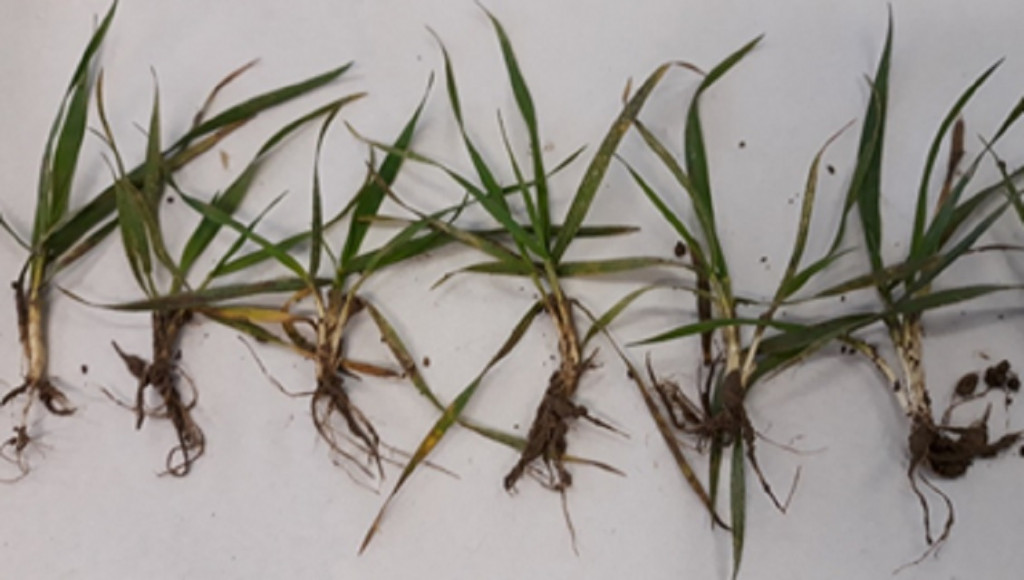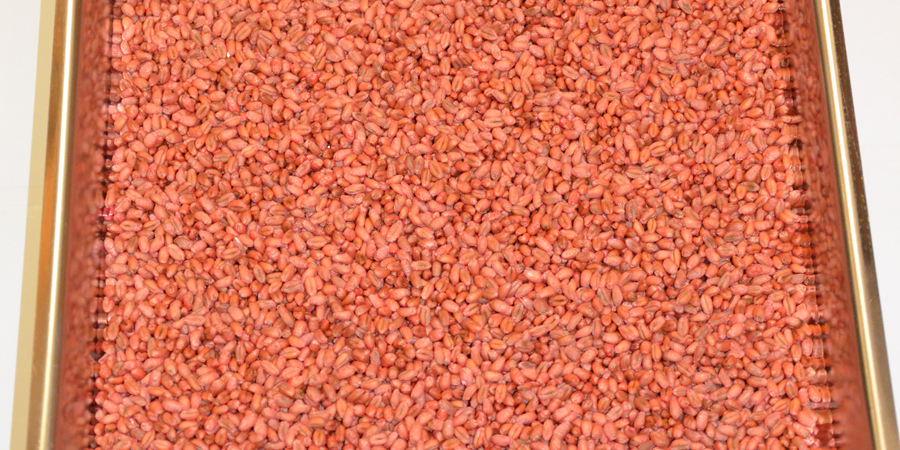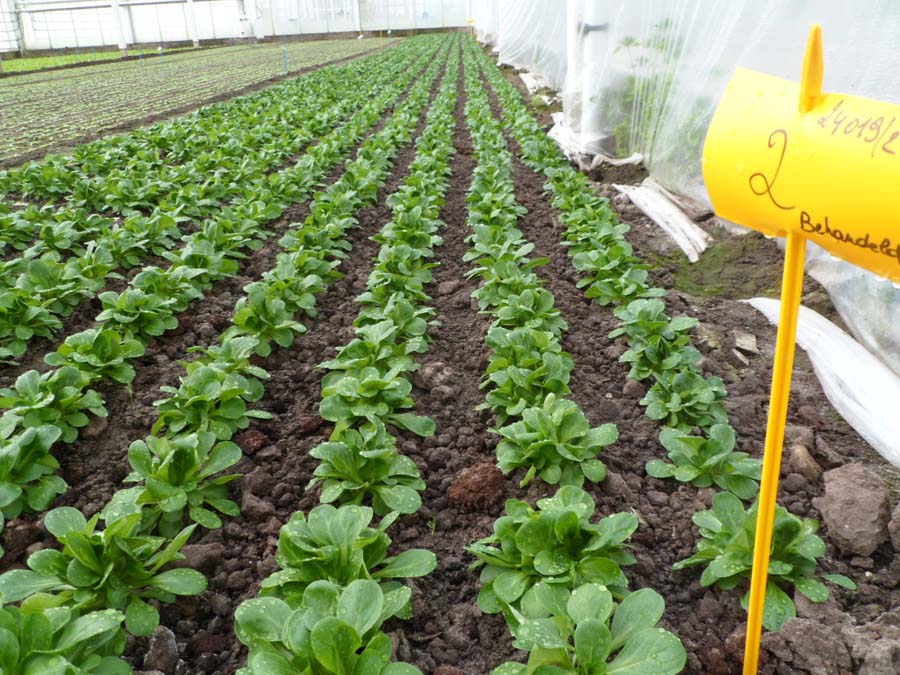For many years, the CRA-W has been developing detection and identification methods based on the amplification of specific DNA sequences, mainly via the PCR technique. These PCR methods are generally targeted, i.e., only the sequence (and therefore possibly the organism) for which the test has been developed is detected. It is therefore interesting to be able to have non-targeted methods that allow us to have a more global view of the organisms present in a specimen or an ecosystem.
It is with this in mind that the CRA-W has been interested in new methodologies using high-throughput sequencing. The CRA-W has already distinguished itself by proposing innovative approaches using enrichment techniques combined with high-throughput sequencing for GMO detection. This brings together the equivalent of 146 tests in a single analysis.
Metabarcoding processes are also being developed. They consist of targeting universal sequences, short sequences shared by a group of species, to perform a taxonomic classification of organisms and thereby simultaneously identify all the species contained in a specimen. The tens of thousands of sequences obtained have to be sorted and assigned as correctly as possible in order to identify the different organisms that can match. This technique is used in the FARMYNG Project , in order to authenticate insect meal, in the context of GMO analyses, to detect the plant species present in food products, and also pollen or bee bread (POLBEES Project ). Metabarcoding is also used to identify fungal pathogens that attack our forests and which are collected via spore traps (RESIPATH Project ), or to determine the structure of microbial consortia of soils, the rhizosphere and the phyllosphere through, for example, activities for monitoring the biological fertility of soils or also for research for micro-organisms that can hinder the growth of pathogens in cereals (Antagonist Project ).
The quantity of data generated by high-throughput sequencing is such that it can no longer be managed without bioinformatic tools and high-powered computers.
The CRA-W is therefore simultaneously developing its skills in bioinformatic analyses and programming in order to provide an opinion on existing solutions and to develop new and ever more effective ones.











